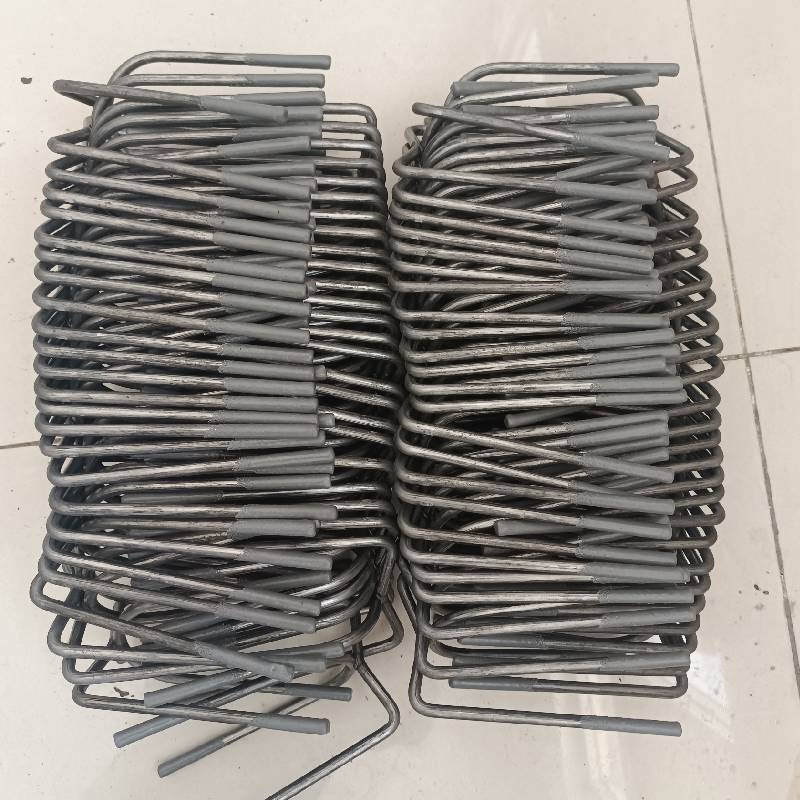
- Mobile Phone
- +8613931874955
- sales@cntcmetal.com
Understanding the Importance and Functionality of Wall Ties in Bricklaying Techniques
The Importance of Bricklaying Wall Ties in Construction
Bricklaying is a time-honored construction technique that relies on the precise arrangement of bricks and mortar to create durable structures. Among the various elements that contribute to the stability and longevity of brickwork, wall ties play a crucial role. This article delves into the significance of wall ties in bricklaying, exploring their purposes, types, installation methods, and the standards that govern their use.
What are Wall Ties?
Wall ties are metal components used to connect different walls, typically in cavity wall construction, where two walls are built parallel to each other with a gap in between. This gap, or cavity, serves several purposes, including improved insulation and moisture management. Wall ties bridge this gap, providing stability and strength, ensuring that the two walls act as a single, cohesive structural unit.
The Purpose of Wall Ties
The primary function of wall ties is to provide lateral support. They help to stabilize the structure against wind loads and other forces that may cause the walls to move apart. In addition to structural stability, wall ties also prevent the walls from bowing and cracking, which can occur due to unequal settling or temperature changes.
Moreover, wall ties aid in moisture management. They can facilitate the movement of moisture from the inner wall to the outer wall, helping to direct any rainwater or moisture that infiltrates the system away from the structure. This is vital for preventing water damage and ensuring the longevity of the building.
Types of Wall Ties
There are several types of wall ties available, designed to meet various construction needs. Some of the most common types include
1. Metal Wall Ties Typically made of stainless steel or galvanized steel, these ties are durable and resistant to corrosion. They are often used in new constructions and retrofitting projects.
bricklaying wall ties

2. Plastic Wall Ties These lightweight ties are resistant to corrosion and offer excellent thermal performance. They are becoming increasingly popular for use in insulated cavity walls.
3. Helical Wall Ties Used primarily in masonry repairs, these ties are twisted, which allows for easier insertion and provides a strong bond between the walls.
4. Flexible Wall Ties These ties can adapt to slight movements in building materials and are used in situations where differential movement is expected.
Installation of Wall Ties
Proper installation of wall ties is critical for their effectiveness. The ties should be installed at regular intervals, typically every 600mm vertically and 900mm horizontally, depending on the type of wall and local building codes. Each tie should be embedded securely into both the inner and outer walls, ensuring a strong bond. It is also essential to follow the manufacturer's specifications and local building regulations for the installation of wall ties.
Standards and Regulations
Building codes and standards, such as those set by the American Concrete Institute (ACI) and the International Building Code (IBC), regulate the use of wall ties to ensure safety and performance. These standards provide guidelines for the materials used, spacing, and installation techniques to prevent structural failure.
Conclusion
In conclusion, bricklaying wall ties are vital components that ensure the stability and durability of brick structures. Understanding their purpose, types, and proper installation is crucial for builders, architects, and engineers. By adhering to established standards and employing best practices in wall tie installation, construction professionals can significantly enhance the safety and longevity of their projects. As the industry evolves, wall ties will continue to play an essential role in modern masonry construction, assuring the integrity and resilience of our built environment.
share:
-
Your Source for Concrete Wall Ties and Masonry AccessoriesNewsJul.10,2025
-
Unlocking the Power of Iron Wire for Every ProjectNewsJul.10,2025
-
Explore Advanced Chain Wire and Stainless Steel Mesh FencingNewsJul.10,2025
-
Discover the Benefits of Annealed Wire ProductsNewsJul.10,2025
-
Discover China Stainless Steel Wire Mesh SolutionsNewsJul.10,2025
-
Build with Confidence Using High-Performance Masonry AccessoriesNewsJul.10,2025
-
Why Sacrificial Formwork Is Redefining Underground ConstructionNewsJun.06,2025



















